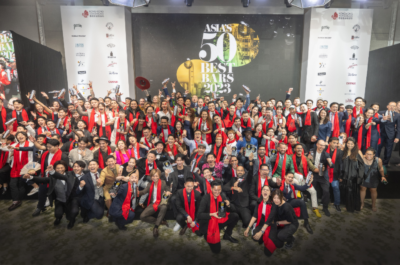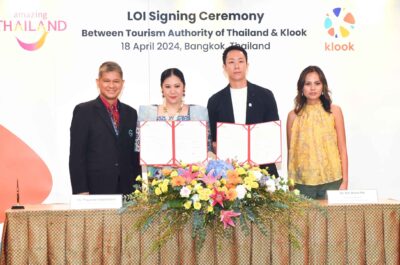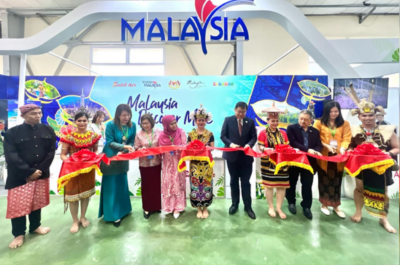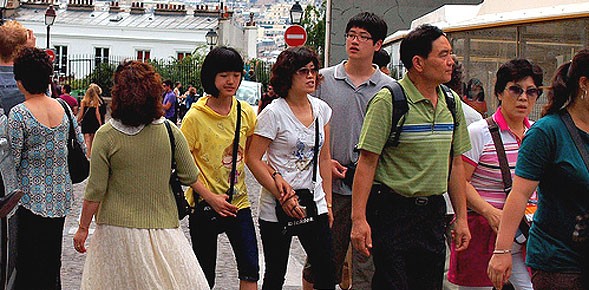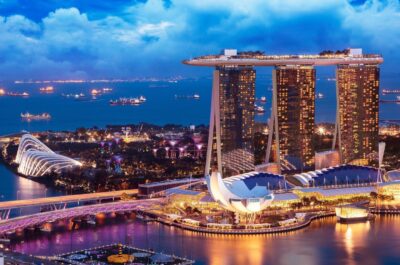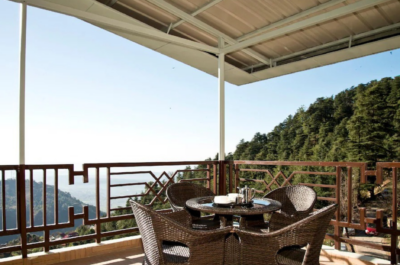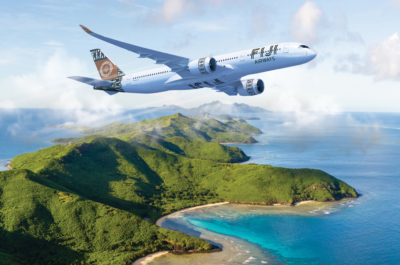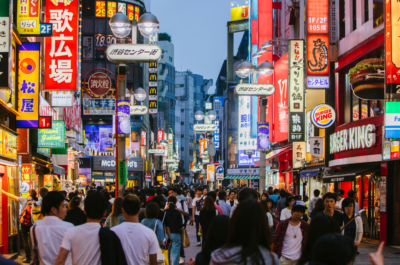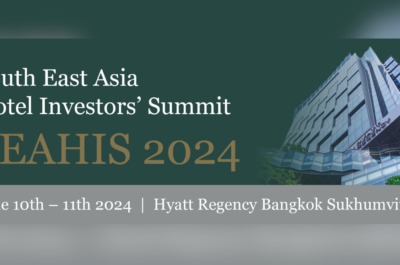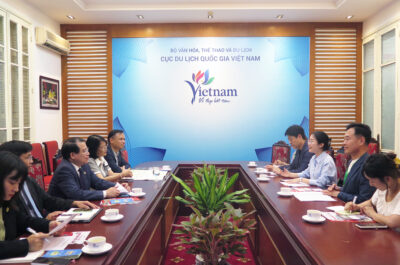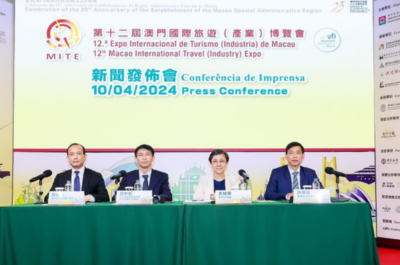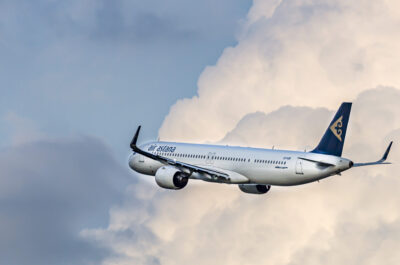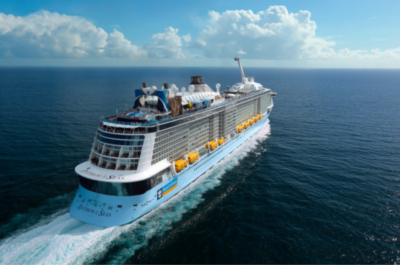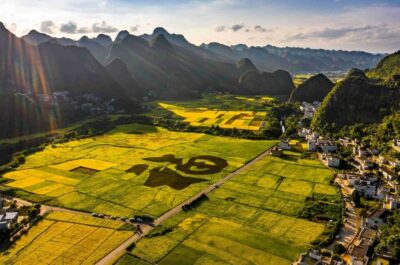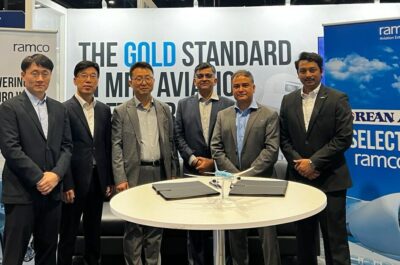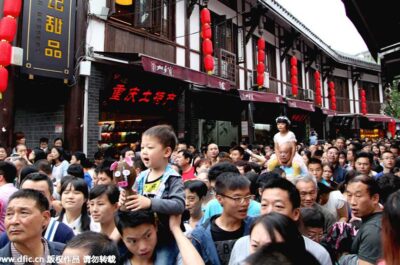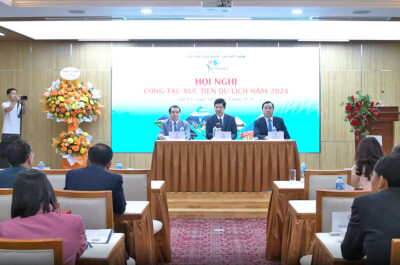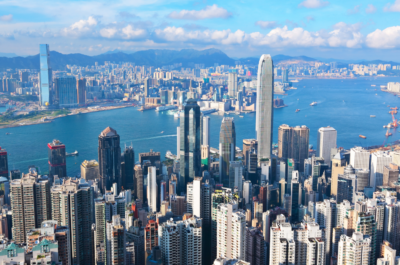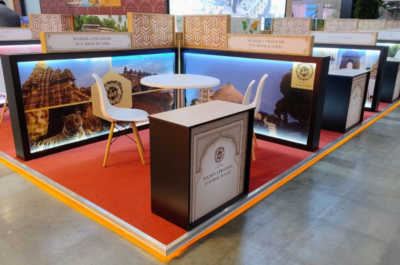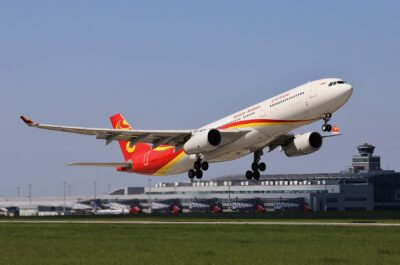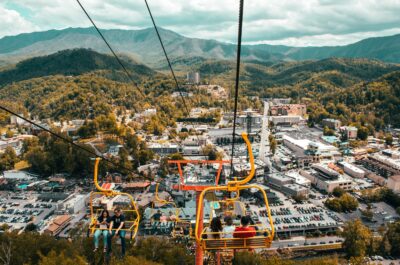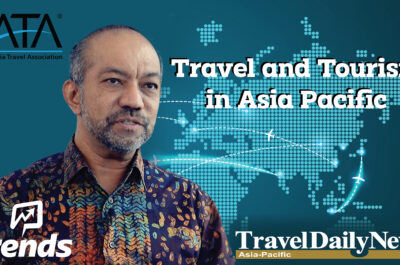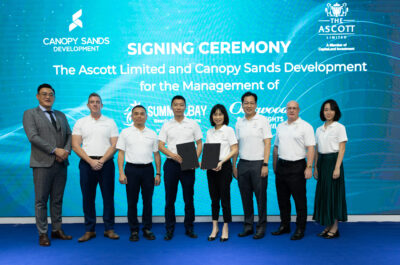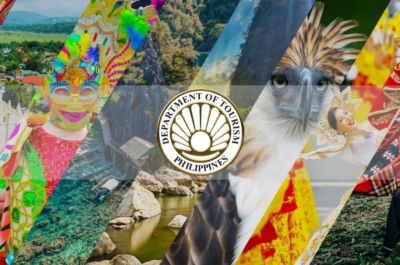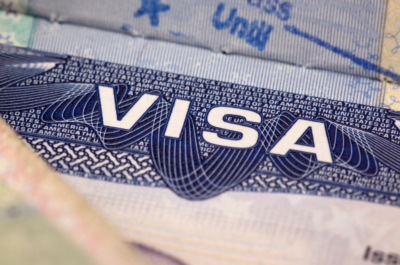It is now time for Asia to look at diversifying its tourism product while some countries rely only on a handful of destinations to boost its tourism industry.
Tourism is by nature a journey of discovery. However, over the decades, tourism tends to concentrate flows of travellers in specific areas – unconsciously or not. What turns a major tourism asset, such as an iconic destination or monument, into a popular resort area, is likely to face increasing pressure due to tourist arrivals. It is of course all about proper tourism management by helping other areas to identify potential tourism products and helping them to do the right promotion to the right target audience.
Europe with its mature tourism economy has been able to redirect tourism flows to less-known areas generating interests for new destinations. Special events, theme routes and trails, and new infrastructure have helped the emergence of popular destinations such as Bilbao in Spain, Porto in Portugal, Glasgow in the UK, Lille in France or Transylvania in Romania.
It is now time for Asia to look at diversifying its tourism product while some countries rely only on a handful of destinations to boost its tourism industry. This is the case of Indonesia where Bali only generates over 50% of all foreign guests in accommodation. The country so far did not succeed to promote Indonesia beyond the “Island of Gods”.
Siem Reap and Phnom Penh in Cambodia concentrate 88% of all arrivals with Siem Reap/Angkor flirting with the 50% mark. Regions can also concentrate most of the tourist arrivals. This is the case of Northwest India. Alone, Delhi and the neighbouring states of Rajasthan and Uttar Pradesh concentrate 30% of all foreign arrivals registered in accommodation. In most countries – except in Indonesia and India- the capital city remains the first tourist destination, representing on average between 25% and 40% of all foreign arrivals. A good exception is Vietnam, which shows the best spread of flows of tourists. The largest destination – Ho Chi Minh City – represents only 21% of all arrivals.
Mono or dual destination cultures must be dismantled to help spread the benefits of tourism to new areas and provide tourists with an enjoyable experience. Frustrations are on both sides of the line: locals feeling left out of the wealth generated by tourism and tourists feeling unsatisfied by overcrowded areas. The Pacific Asia Travel Association (PATA) will continue to emphasise new destinations by promoting second and third-tier cities and destinations and support new initiatives such as the PATA CEO Challenge 2015 in partnership with TripAdvisor.
Selected countries in Southeast and South Asia
Table 1- Top countries according to tourist concentration* (%)

*Percentage based on three first destinations, calculated by foreign guest arrivals in accommodation.
Data provided by tourism authorities. For Nepal, data from a report of Nepal Central Bank.
2012 data for Sri Lanka and Vietnam- 2013 data for Indonesia, India and Thailand. 2014 data for Cambodia and Malaysia.

Source: Ministry of Tourism. Annual report 2014. Calculated from foreign arrivals.

Sri Lanka Tourism Authority Annual Report 2012- Calculated from foreign arrivals.

Statistic Report, India Ministry of Tourism 2013- Calculated from foreign guest arrivals in accommodation.

Central Office of Statistics Indonesia- Data 2013 on foreign guests in all accommodation

Statistic data Tourism Malaysia 2014- calculated from foreign guests in commercial accommodation

Statistics Thailand Department of Tourism, 2013 foreign guests in commercial accommodation.

Vietnam Tourism Statistics, Tourism information Technology Centre 2012- Foreign guest arrivals 2012
Next Issue: North Asia and Pacific
Luc Citrinot a French national is a freelance journalist and consultant in tourism and air transport with over 20 years experience. Based in Paris and Bangkok, he works for various travel and air transport trade publications in Europe and Asia.

